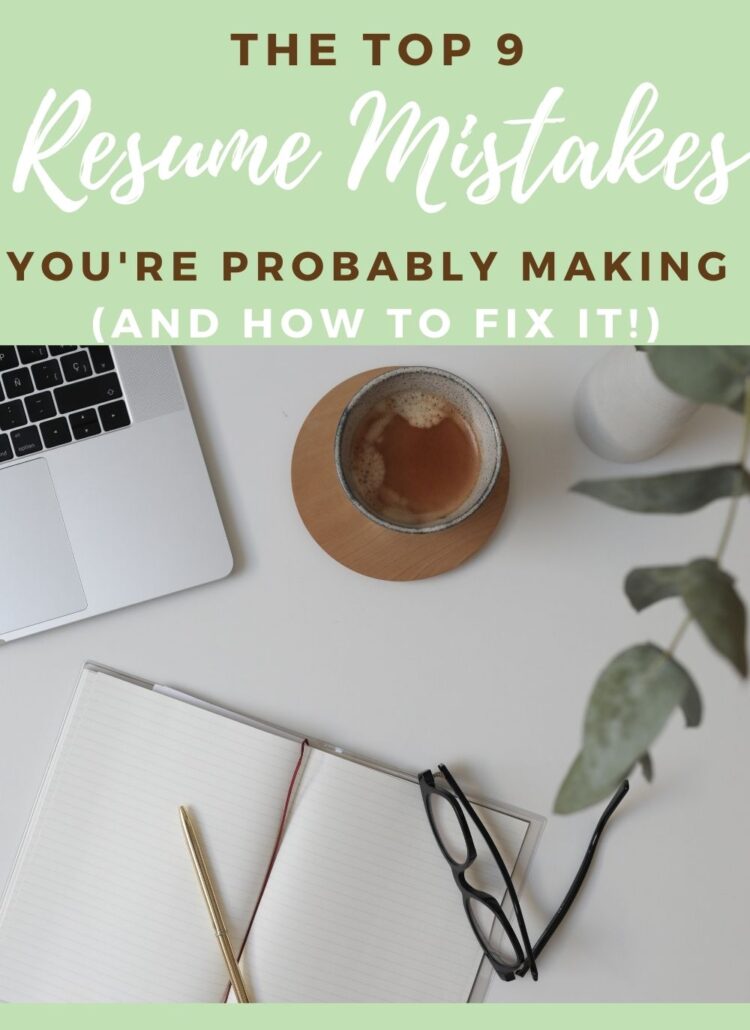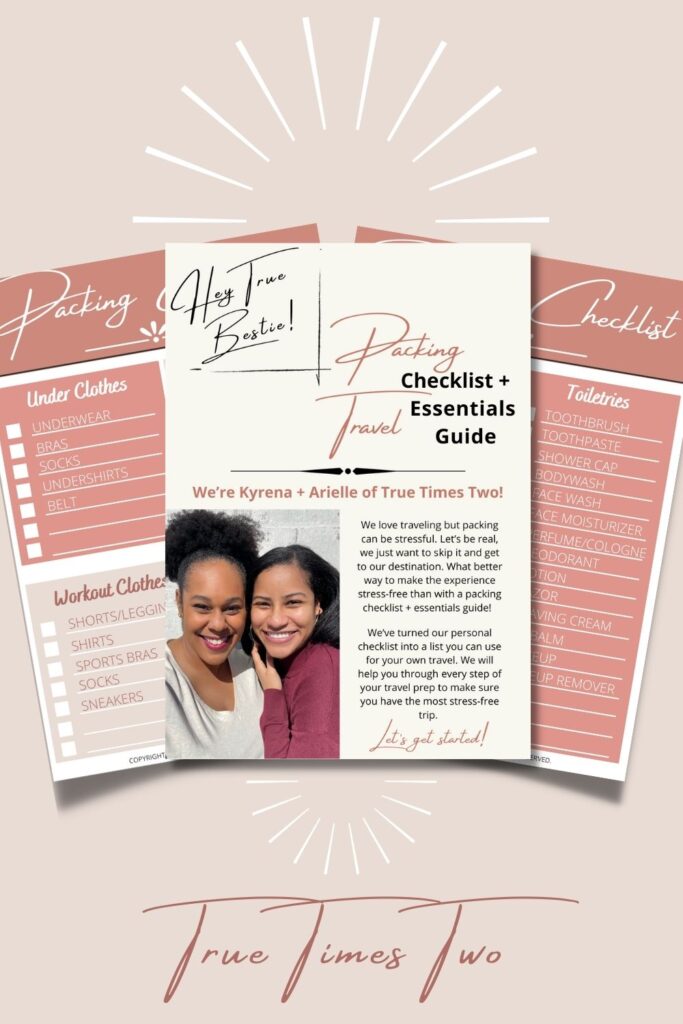When it comes to managing your money there’s going to be a ton of different people telling you where to put your money. They will tell you all the right or wrong things to spend it on, or even judge you for the decisions you are making. For some people traveling brings them joy and for others, it is looking forward to that weekly happy hour with friends. No matter how you choose to spend your money, it’s important to know that a basic understanding of how to save for a rainy day or stretch your money in the most optimal ways are the keys to financial stability. Here are the top 3 financial decisions you can make right now:
1. Create an Emergency fund with 3-6 months worth of living expenses
If this past year has taught us anything it is to expect the unexpected. Most experts say that saving up 3-6 months of living expenses will work for most. Now you may be asking yourself, how do I know how much 3-6 months of living expenses are. Well before you start saving, make a list of all your non-negotiable expenses such as rent/mortgage, utility bills, groceries, etc for the last month. Add them all up to know what one month can look like and multiply the amount by 3. This will give you an estimate of a 3-month emergency fund. (Budgeting tools like Personal Capital or Mint can be great for those who want to use an online tracker)
For many people, saving up to 3-6 months of expenses for an emergency fund may take a while. Be patient with yourself. Begin saving this fund in a high-interest savings account that is separate from your other checking or savings accounts. This will not only hold you accountable to not spend it on something like your next vacation but also help you gain interest on your money.
Begin by looking at one area of your life in which you could cut back. Can you order one less drink at happy hour, can you take public transit one day a week instead of calling an Uber or maybe waiting 3 days before you buy all new throw pillows at Target.
Saving for your emergency fund does not have to mean cutting out all of the things that bring you joy but instead small savings here and there that can truly make a difference. The peace of mind that you will get from this proactive decision will be worth it knowing that when a potential crisis comes along, you are prepared.

2. Participate in your employer 401(k) matching for retirement (if eligible)
Most people interview for a new job, look at their starting salary, and accept the job! But what are the benefits! Do they offer insurance for medical, dental, and vision? Do they offer employee discounts for your gym or cell phone provider? One overlooked benefit is checking to see if your employer participates in employee 401(k) matching! Employee matching means that if you put some money into your 401(k) retirement plan, your employer will put some in too aka FREE MONEY!
Many people are leaving free money on the table simply because they don’t know about this employee benefit. Want to know how you can check to see if your job offers this benefit? Just call your Human Resources (HR) department! They may already be matching your contribution if you’ve been contributing. This free money is even more important when you consider compound interest.
For those who already know about this awesome benefit, this is a great time to reconsider how much you are contributing. Maybe at the start of your job, you couldn’t afford contributions to your 401(k) but now that you’re trying to become more fiscally responsible, making these small changes can have a huge impact. Saving for retirement and generational wealth begins now and the sooner you begin, the more time your money has to grow and flourish.

3. Start investing in a Roth IRA
A Roth IRA is a retirement savings account in which you invest after-tax dollars. Keep in mind that a Roth IRA is only available to single filers making less than $139,000 and joint filers making less than $206,000. There are many benefits to a Roth IRA that its sister, the traditional IRA, does not provide. One of the most important benefits is that your money can be taken out at 59 ½ tax-free.
It can also be used as a boosted up savings account so it’s great for those who are saving for large expenses like a new home. After 5 years of contributing funds, you can withdraw all of your contributions, just not the earnings. For 2021, the IRS limit for an Annual Roth IRA is $6,000 for people under 50 ($7,000 for people 50 and up). The best part is that you have 15 months to contribute (January 1 to April 15 of the following year). That’s just $90 a week! That can make all the difference to becoming a tax-free millionaire.
To start a Roth IRA, you can open up an account with an Investment Firm such as Fidelity or Vanguard. Don’t forget that just opening the account is not the investment! It’s only the first step. You must deposit your money then choose which index funds, stocks, or bonds you’d like to invest in. (Many people open a Roth IRA account and skip this second step causing them to lose hundreds if not thousands of dollars). Take the time to do your own research to make informed decisions. Happy investing!
Did you find this post useful or want to get back to it later? Save THIS PIN to your Saving Money board on Pinterest!







Leave a Reply